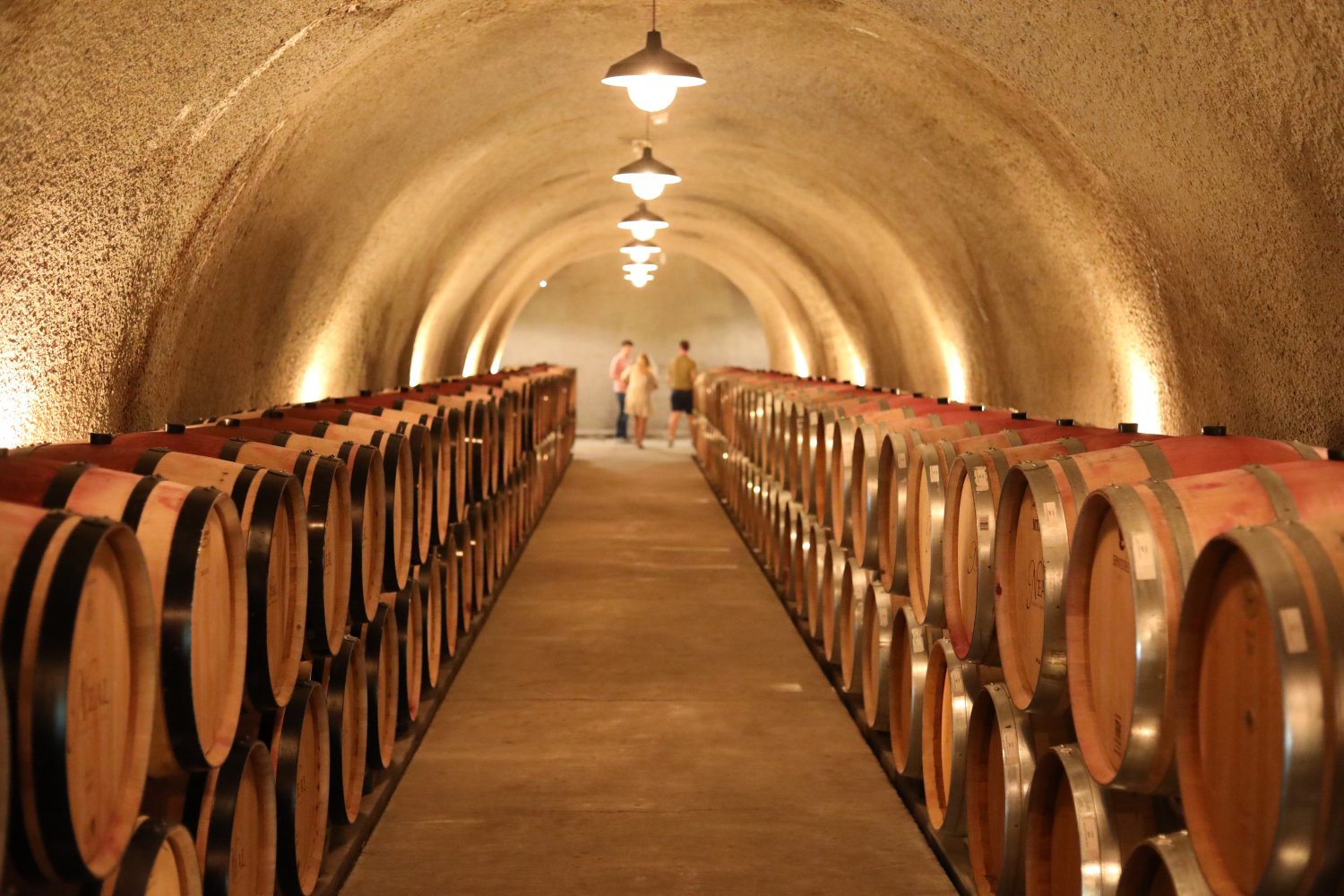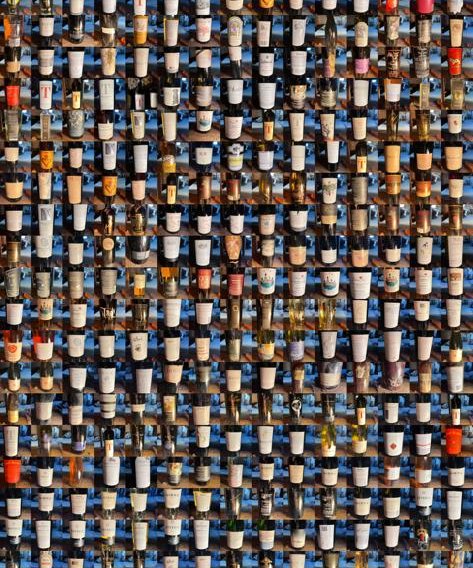Wine represents something much bigger than just fermented grape juice. We know how wine is made today, but imagine figuring that out around 8 000 years ago. It is a very complex process that requires a lot of knowledge in microbiology and chemistry to fully understand. Yet, our ancestors wanted this delicious and fun drink, so they kept on perfecting the process. Wine is rarely used as an alcoholic’s drink of choice because it requires class.
Wine is different from beer and hard drinks, it is ideal for deep discussions. Wine is also great with food compared to beer and hard drinks. It makes a fine addition to many meals, and it is also the main ingredient of many dishes. In order to enjoy wine to its fullest, you need to know how to store and handle it. Like many good things in life, wine does not last forever. It is a perishable good, and you need to know how to keep that perfect taste.
Coolers
When it comes to storing almost any perishable goods, you need a good cooler. When it comes to storing wines, dual-zone wine coolers are the best option. Dual-zone coolers allow you to store wines at different temperatures in the same cooler. This is very useful because different types of wines require different temperatures, especially different sorts of wine. All of this depends on the tannin content of the wine.
Tannins are polyphenolic compounds that have antioxidant properties. Red wine has more tannin content than white wine, but that does not affect storage. Storage temperature is important for serving because serving temperatures differ between red and white wine. Red wine is better when it is at room temperature, somewhere between 18 and 20°C. White wine is better served colder at around 7°C, the taste difference is significant.
Knowing the wine
There is no universal way of preserving wine because every wine is different. However, there are general guidelines that most wines follow, but you still need to know some basic facts. The first thing to notice is whether the wine is red, white, or rose. Most of the wine flavor comes from the grape, or it should come from the grape. The secondary source of taste comes from the barrel, or to be more precise, the type of wood.
Any other flavor comes from additives that can either be wanted or unwanted. Artificial taste additives and sweeteners are unwanted, but often they prolong shelf life. But some interesting additives, like menthol, are nice for flavor. Unfortunately, such added aromas expire quickly because such compounds evaporate. The wine will still taste fine, but some compounds can be lost if you do not know which kind of compounds are inside the wine.
Preventing oxidation
The main goal of wine preservation is to prevent oxidation. Most wines have antimicrobial additives in addition to natural antimicrobial substances like tannins and alcohol. Some cheap wines are however prone to nasty microbes living in them, so watch out for that. Oxidation is halted with lower temperatures due to the lower kinetic energy of all molecules.
In ideal scenarios, you want to keep the wine in an inert atmosphere with no oxygen. Sadly, the equipment needed for making an inert atmosphere is hardly found outside of a laboratory. This means that you want to avoid unnecessary openings in the bottle. By opening it more and more, you are letting in a fresh amount of oxygen to react.
The amount of wine
Storing techniques also differ based on the amount of wine you have left. If you have a big bottle with a small amount of wine, that means more air with oxygen in the bottle. Even though wine bottles are authentic and nice to look at, you will need to put them away. It is desirable to have smaller bottles available for smaller quantities of left wine.
When you have a considerable amount of wine left, make sure to store the wine horizontally. That may sound incoherent because that leaves a bigger surface between the air and wine phases. However, you only apply this technique if you have a bottle with a real cork, not a cap. The cork needs to be damp, otherwise, it can crumble and fall into wine.
When to take it out of storage
All wine is made so someone can enjoy it, not to be held under a glass bell. Even if you never take a bottle out of the storage, the wine will still be compromised. This is why it is important to make the right decision when to open a bottle of wine. If it is a rare wine, it is better to open it and drink the whole bottle instead of just sipping it from time to time.
It is ok if you plan on drinking the bottle in two or three sessions, five times is the upper limit. However, by constantly opening it and closing it, you are just doing a step that was written to avoid it. If it is a cheaper wine, you can do what you want with it as long as it is capped and in a cooler.
When to throw away
No wine lasts forever and you need to throw it away at some point. Red wine can be kept for up to 30 years, but that is a rare case you do not want to gamble with. White wine can be kept for shorter, up to 8 years, but we all know the flavor of old white wine. You will need to make the harsh decision when you notice the taste is off and it is better to throw it.
These are the main things you should think about when storing wine. By keeping these things in your mind, you will be able to keep that perfect taste of any type of wine. Memorizing all the facts about wine storage is pointless, you want to find a way to understand the concept.
By understanding these principles, you can understand all the tactics of wine storage on a different level. Besides learning about wine storage, you can also learn about preserving a whole lot of different goods. Your imagination and brain are the only limits when it comes to using your knowledge and way of thinking.





Leave a Reply